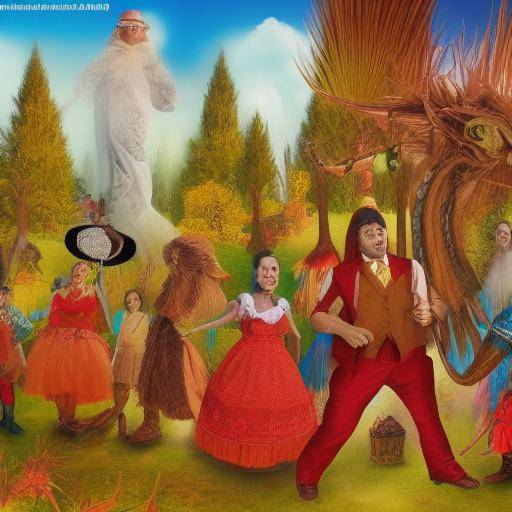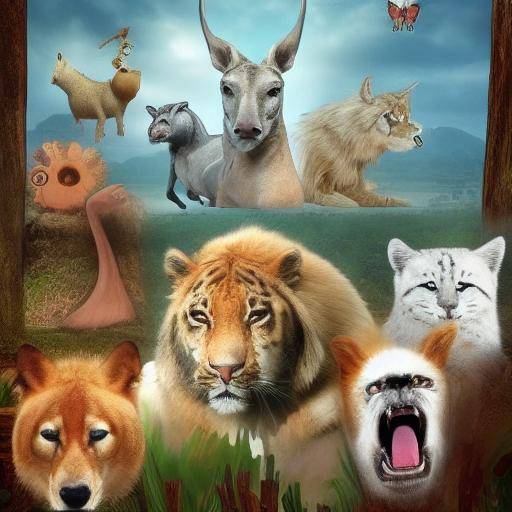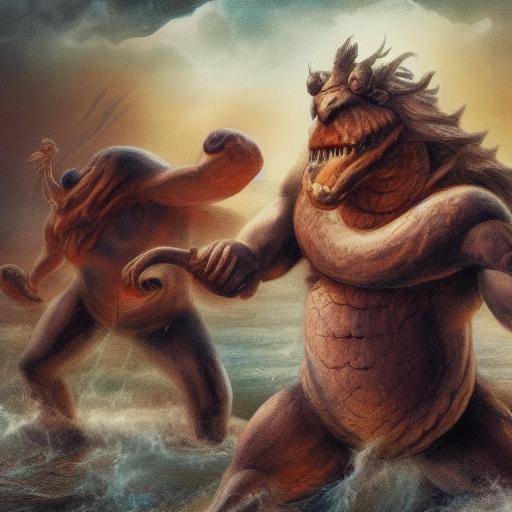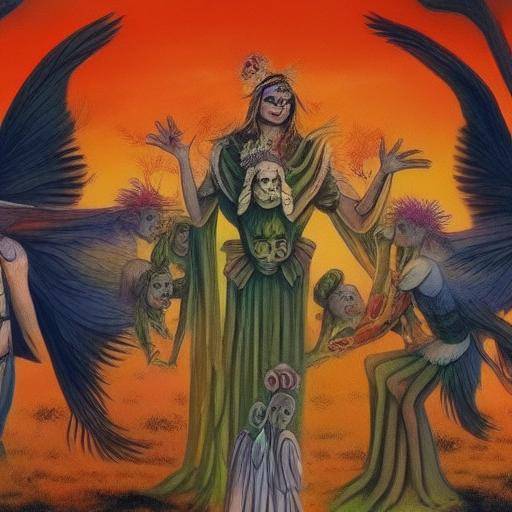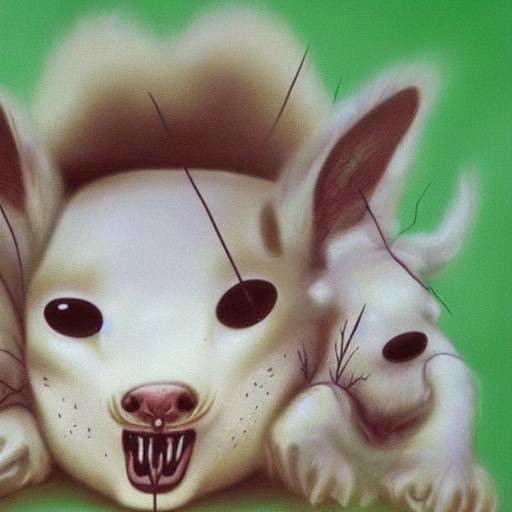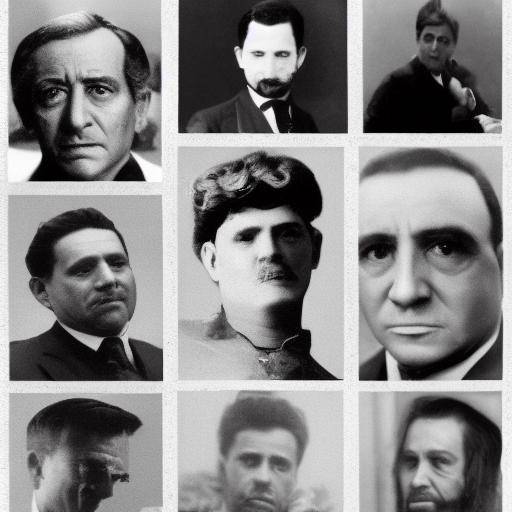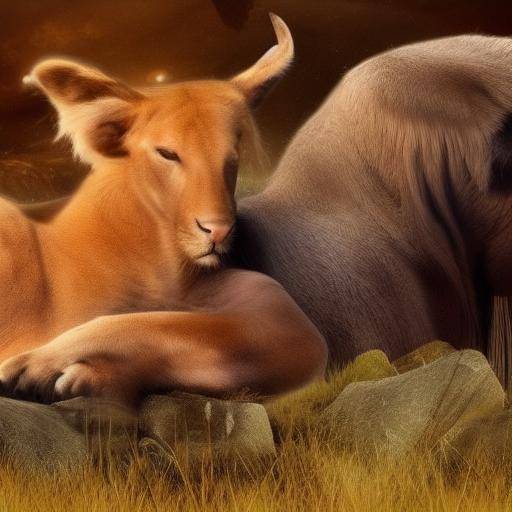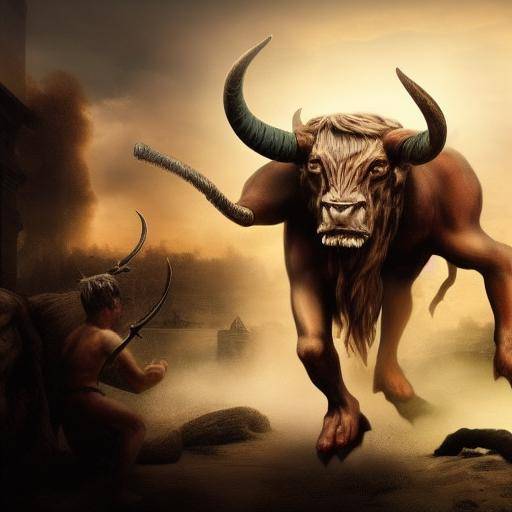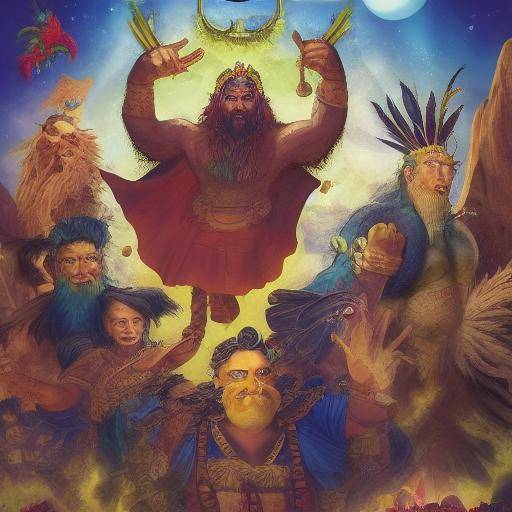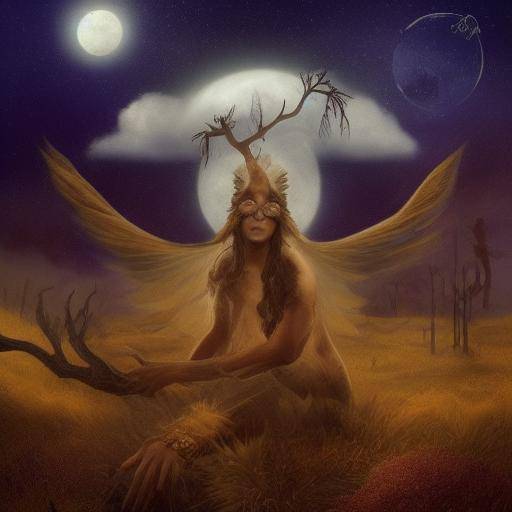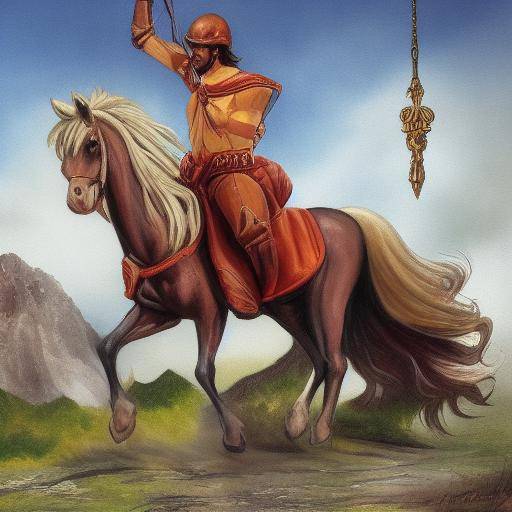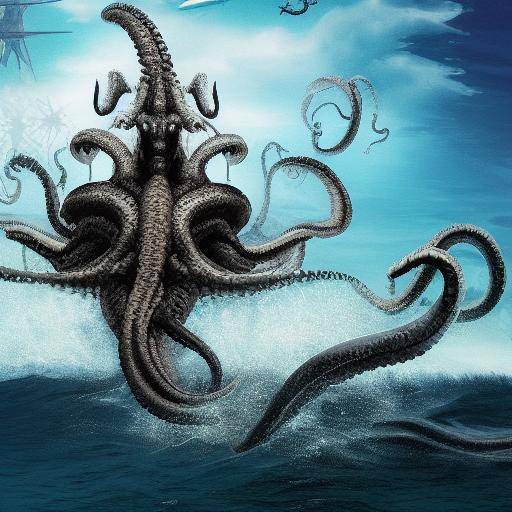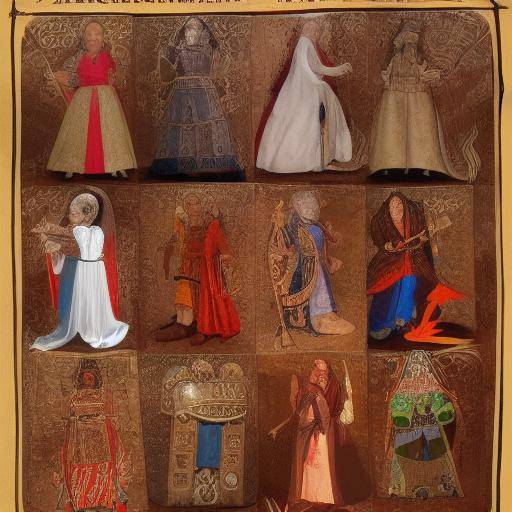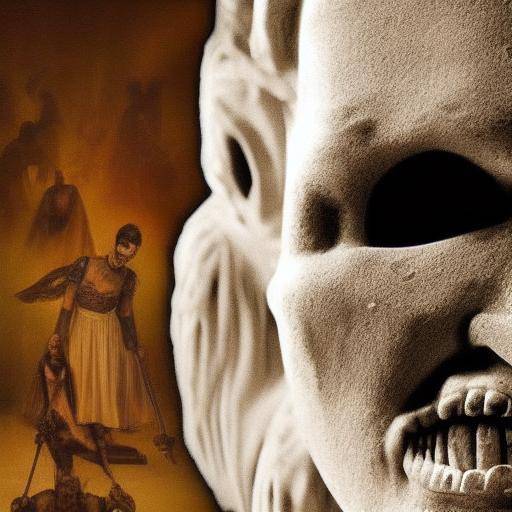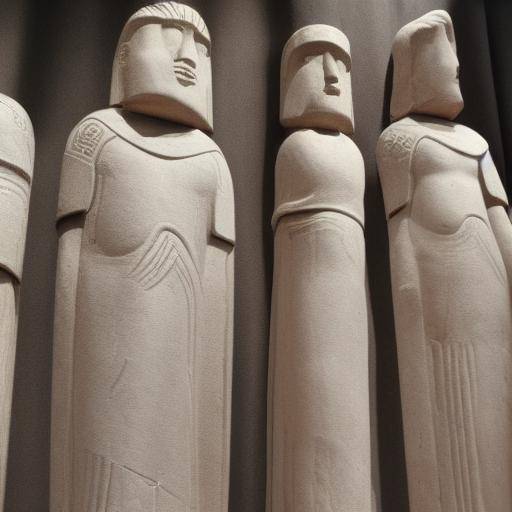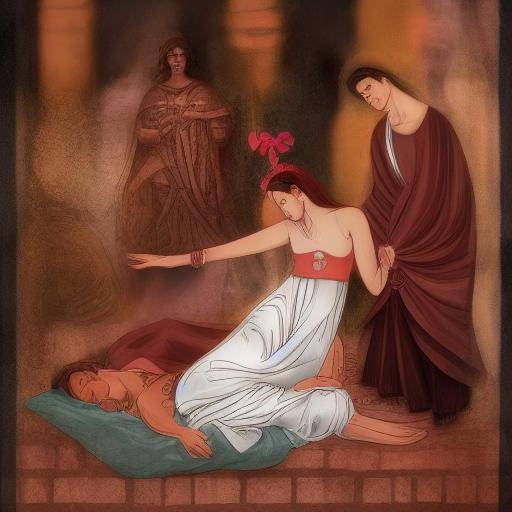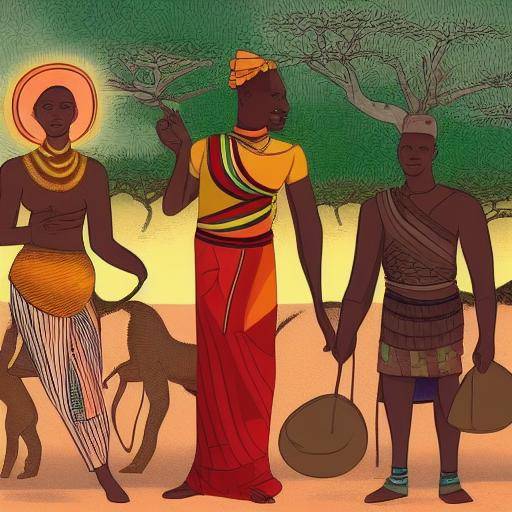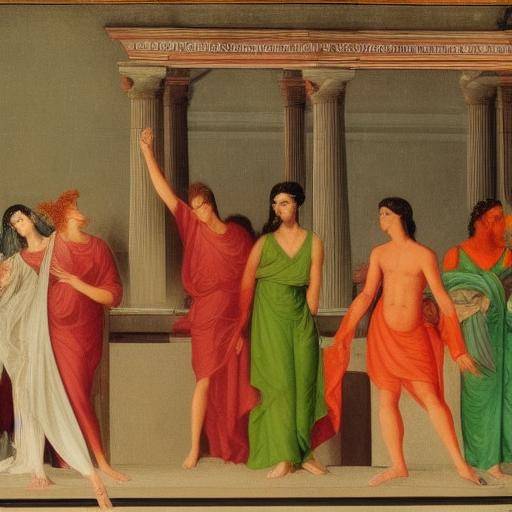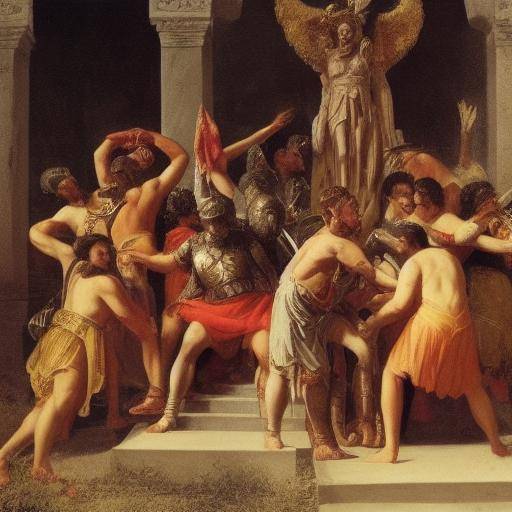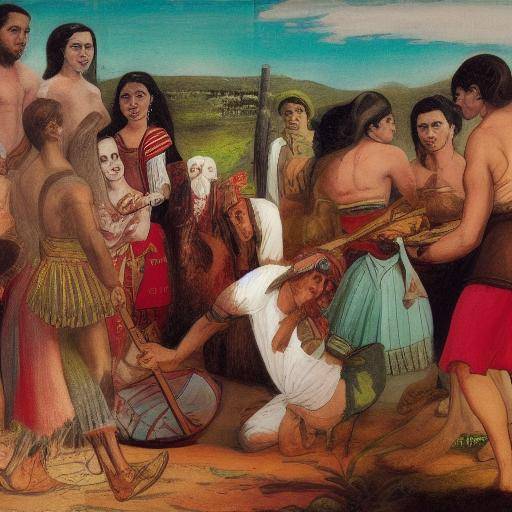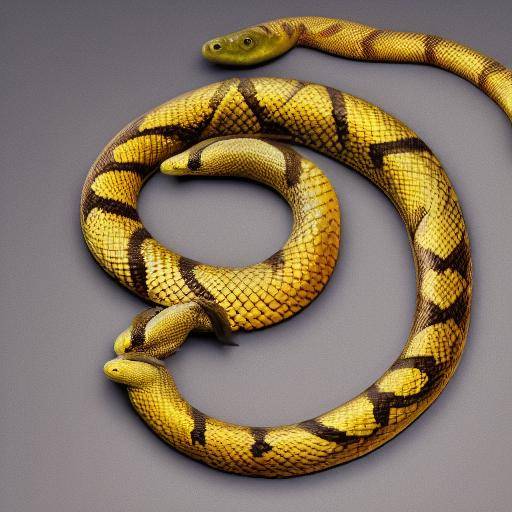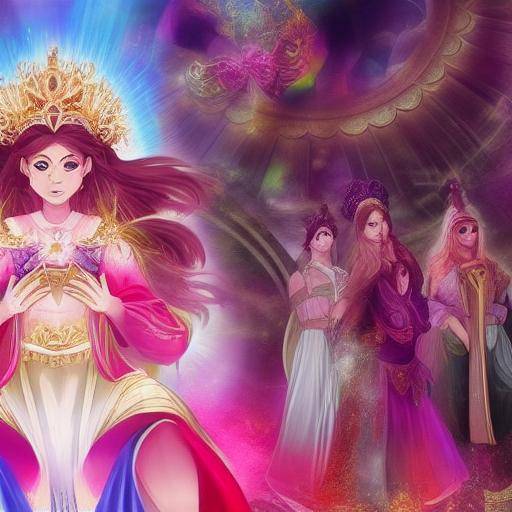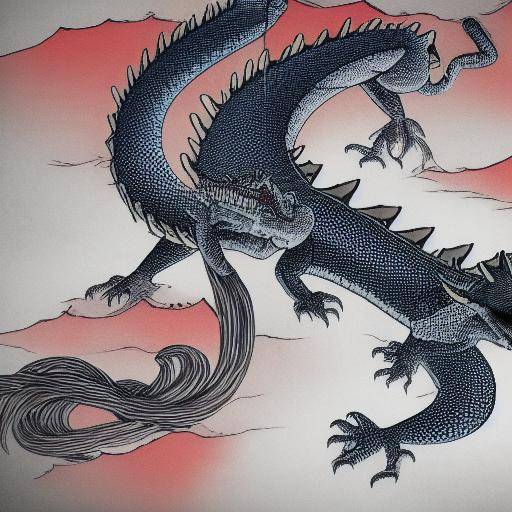
Introduction
The Japanese dragons have been venerated and feared for centuries, occupying a prominent place in Japanese mythology and culture. These fascinating creatures have not only inspired countless legends, but also incarnate a rich symbolism that transcends its mythical aspect. In this article, focus on the world of the Japanese dragon, explore its mythical history, cultural meanings and legends surrounding this emblematic figure. From its origins to its impact today, it discovers the depth and cultural wealth surrounding the Japanese dragon.
History and Background
The Japanese dragon, known as "tatsu" in Japanese, has its roots in eastern mythology and has a significant influence on Japanese culture. To fully understand its importance, we must go back to its origins in Chinese mythology, where it was adopted and adapted by Japan. In ancient Chinese legends, the dragon is considered one of the four heavenly creatures. It was a symbol of imperial power, fertility, wisdom and benevolent rains. This concept traveled to Japan, enriching its mythological legacy.
The veneration of the dragons in Japan was consolidated during the Heian period (794-1185 AD), when the influence of China reached its peak. The Japanese dragons acquired unique features that differentiated them from their Chinese counterparts, showing themselves as winged snakes, known as "tatsu". These dragons represented a duality of benefits and misfortunes, symbolizing the contradictory nature of life.
During the Edo period (1603-1868), the dragons became an emblematic symbol of the shogun power and nobility, and were prominently displayed in armours, flags and castles as symbols of protection and fortune. His presence perpetuated all the layers of society, consolidating its status as a cultural icon.
The Japanese dragons not only inhabit the mythical world, but have become an integral part of the Japanese collective identity, merging their presence in festivals, arts, architecture, and religious ceremonies. It is evident that its influence has endured, evolving over the centuries to contemporary Japan.
Analysis in Deep
The presence of Japanese dragons extends through multiple aspects of Japanese culture, from literature to architectural ornamentation. These mythological creatures have been a source of continuous inspiration for artists, writers and filmmakers, influencing the creation of epic stories and iconic characters.
The Japanese dragon also serves as a symbol of resilience and strength in popular culture. His image has been used in commercial products, as a symbol of good luck and protection, perpetuating its relevance beyond cultural and religious circles.
This extensive impact is reflected in the way the Japanese continue to honor and celebrate dragons through traditional festivals and rituals. These events provide a unique window to understand the connection between ancient folklore and modern life.
Comprehensive review
The symbolic wealth of Japanese dragons has transcended its role in the arts and popular culture, finding its way in Japanese spirituality and religion. The dragon is considered a symbol of renewal, transformation and protection, representing a balance between heaven and earth, a vital connection in the Japanese cosmogony.
The Japanese dragons have also inspired a variety of ritual and ceremonial practices, such as the dragon dance, known as "ryūjin no mai", where the participants incarnate these mythical beings in an elegant and symbolic dance, evoking a communion with the elements and nature.
In the spiritual realm, the Japanese dragons are associated with the protection of temples and shrines, being considered sacred guardians. These representations reveal the profound integration of dragons in the daily and spiritual life of Japanese society.
Comparative analysis
Compared to other dragons of mythology, the Japanese dragon is distinguished by its benefactor and protective character towards humanity. In contrast to Western representations, where the dragon is often portrayed as a evil and destructive being, the Japanese tatsu is revered as a symbol of benevolent power and wisdom, incarnating a guard and protective spirit.
Likewise, Japanese mythology presents a rich diversity in its interpretations of dragons, from the heavenly dragons associated with birth and fertility, to the aquatic dragons related to strength and protection. This variety of symbolism reflects the complexity of the understanding of the Japanese dragon and its meaning in different cultural contexts.
Practical Tips and Accessible Recommendations
For those interested in deepening the iconography of the Japanese dragon and its meaning in Japanese culture, it is recommended to explore the museums of Eastern art, where there are numerous representations of dragons in paintings, sculptures and textiles. Similarly, assistance to traditional festivals that honor the dragon, like the "tatsu-no-matsuri", offers an opportunity to experience closely the importance and majesty of these mythical creatures in contemporary life.
The study of Japanese mythology through reliable academic sources and literature specialized in Japanese mythology and symbolism also provides a solid basis for understanding the cultural context and evolution of the figure of the dragon in Japan's history.
Conclusions
In short, the Japanese dragon, with its rich myths and intricate cultural meanings, embodies a relevance that transcends the pages of the books and integrates into the daily life of Japanese society. From their veneration in spiritual practices to their influence in visual arts, dragons continue to play a central role in the cultural life and collective imagination of Japan.
The myths and meanings surrounding the Japanese dragon reveal a rich and multifaceted heritage, offering a unique window to understand the Japanese worldview and its deep connection to nature and the universe. In exploring the relationship between these mythical beings and Japanese culture, valuable perceptions emerge about the interaction between the human and the divine, the past and the present, which persist in modern society.
Frequently asked questions (FAQs)
What is the origin of the Japanese dragon in mythology?
The Japanese dragon has its roots in Chinese mythology, where it was considered one of the four heavenly creatures. Over time, this mythological figure was adopted by Japan and adapted to local culture and beliefs, acquiring unique features that distinguish it from its Chinese counterparts.
What symbolizes the Japanese dragon in Japanese culture?
The Japanese dragon symbolizes power, protection, wisdom and good fortune in Japanese culture. It is attributed benevolent and protective qualities, and is considered a symbol of strength and resilience.
What is the importance of the Japanese dragon in Japanese spirituality?
The Japanese dragon has great importance in Japanese spirituality, associated with the protection of temples and shrines, as well as the celebration of rituals and festivals. He is considered a sacred guardian that symbolizes the connection between heaven and earth, and his presence is fundamental in Japanese cosmology.
How has the Japanese dragon influenced the arts and popular culture?
The Japanese dragon has been a continuous source of inspiration for artists, writers and filmmakers, influencing the creation of epic stories and iconic characters. His image has also been used in commercial products as a symbol of good luck and protection, permeating Japanese popular culture.
What are the different interpretations and representations of the Japanese dragon?
Japanese mythology presents a variety of interpretations and representations of the Japanese dragon, from the heavenly dragons associated with fertility and benevolence, to the aquatic dragons related to protection and fortune. These different representations reflect the diversity of symbolisms surrounding the Japanese dragon.
What opportunities exist to explore the meaning of the Japanese dragon in Japan?
Oriental art museums and traditional festivals offer opportunities to explore the meaning of the Japanese dragon in Japanese culture. In addition, literature specialized in Japanese mythology and symbolism provides a solid basis for understanding the cultural context and evolution of the dragon figure in Japan's history.
With the detailed analysis of the history, meanings and myths surrounding the Japanese dragon, it reveals a fascinating world of symbols, beliefs and traditions rooted in Japanese culture. These mythological creatures continue to exert influence, marking their presence in every aspect of Japanese life, from spirituality to art and everyday life. As we explore the depth of their legacy, we commit ourselves to preserving and understanding the timeless relevance of dragons in Japan's complex cultural fabric. The Japanese dragon, with all its greatness and mystery, continues to inspire admiration and respect, transcending time and borders.

